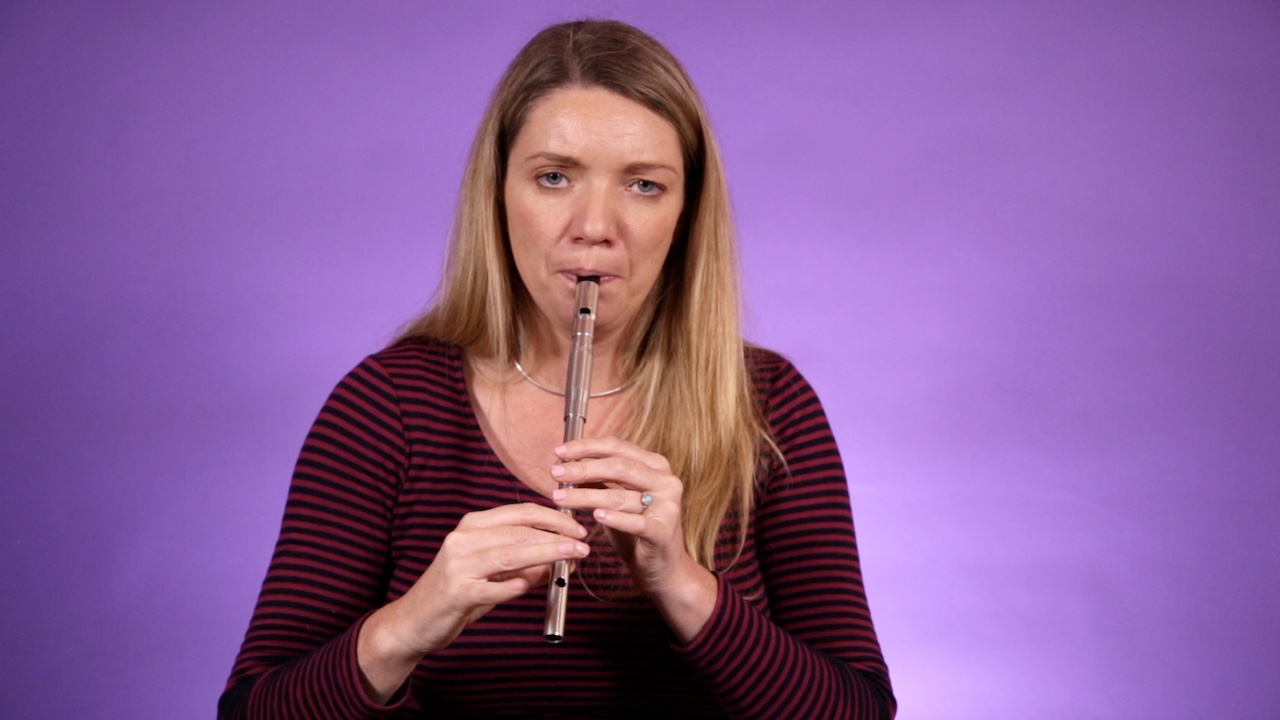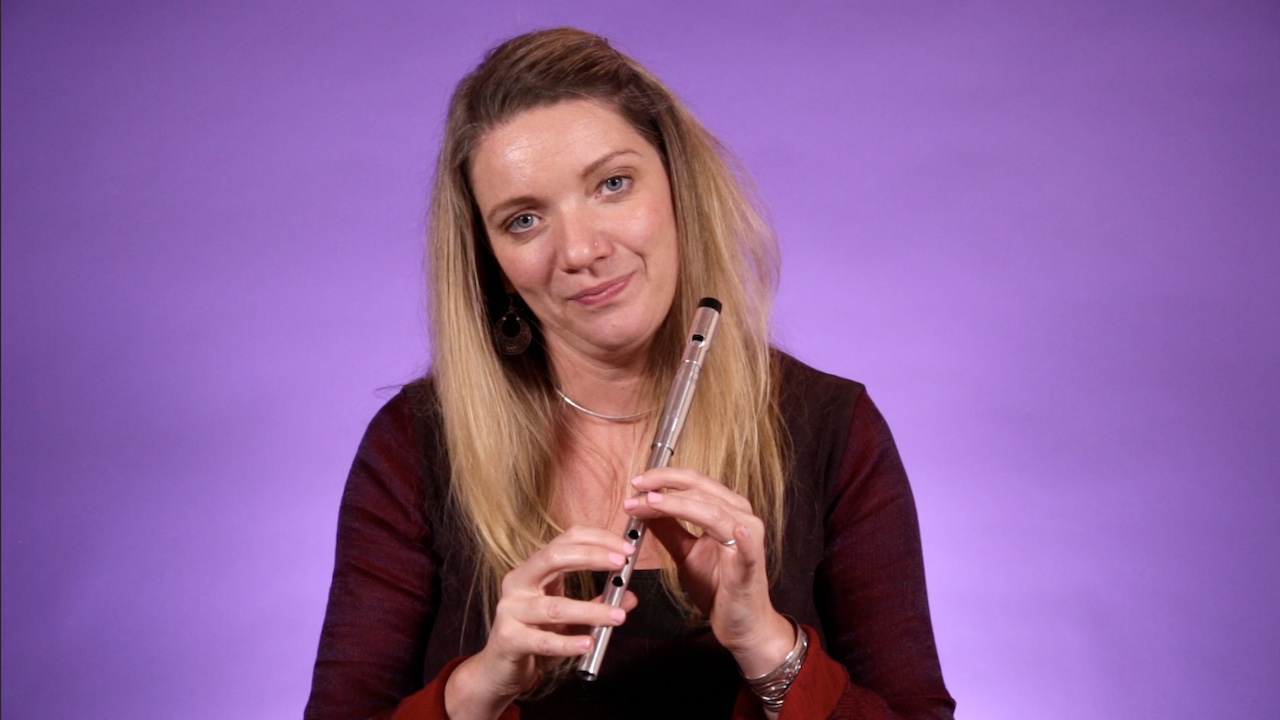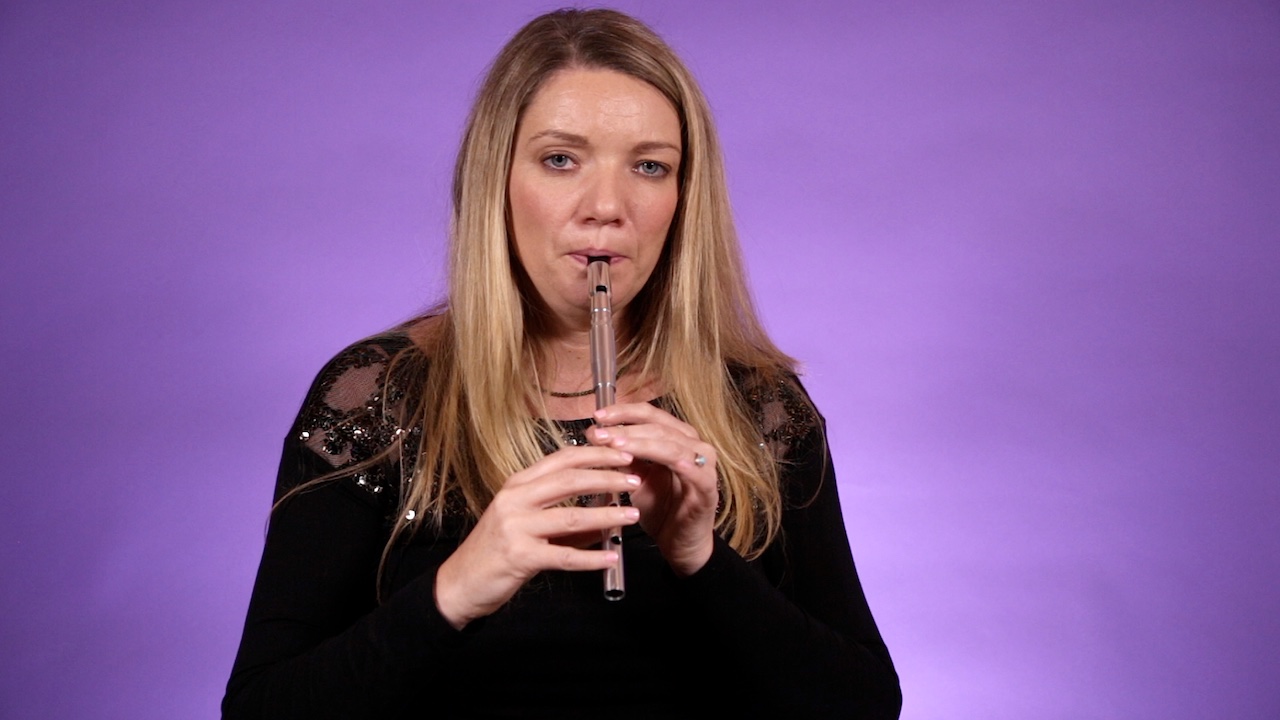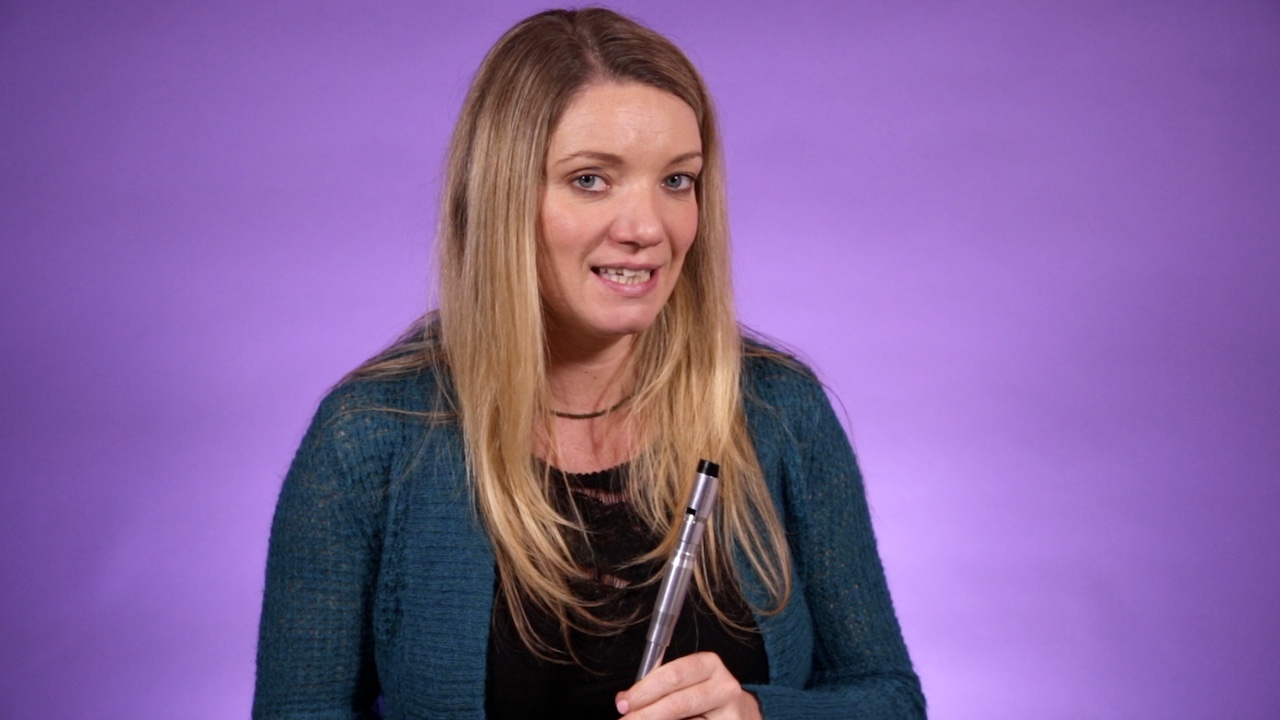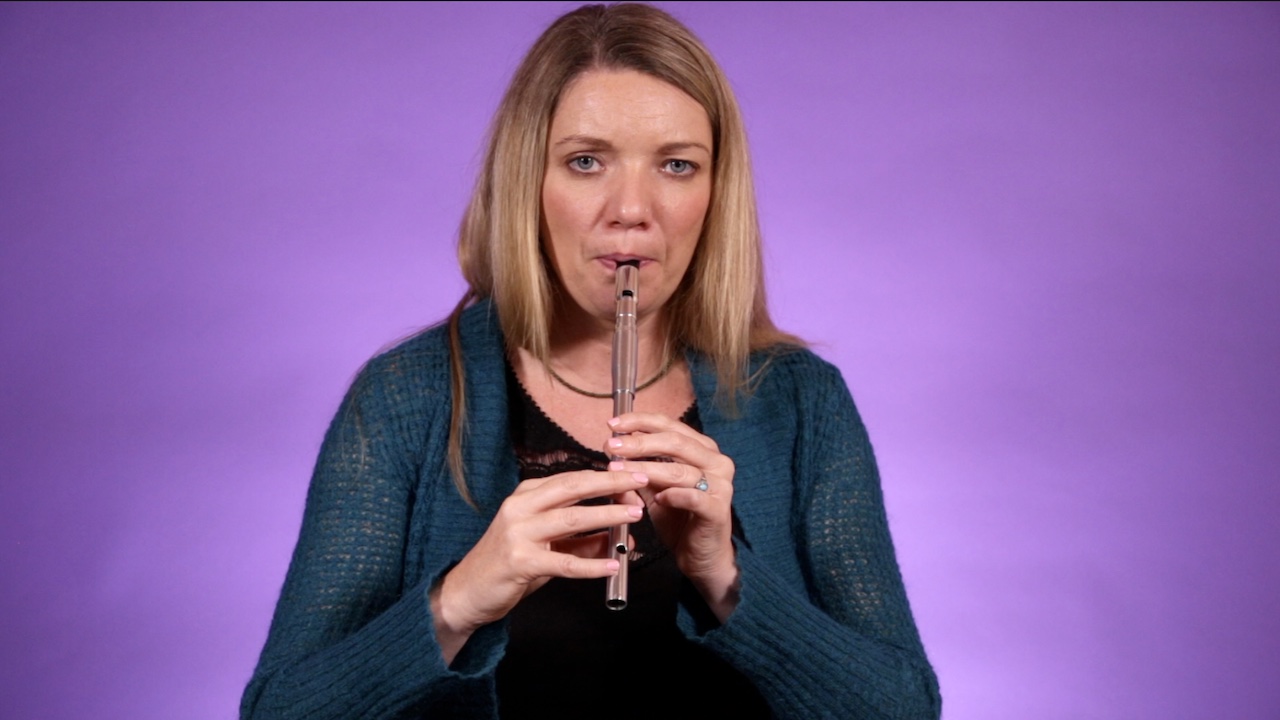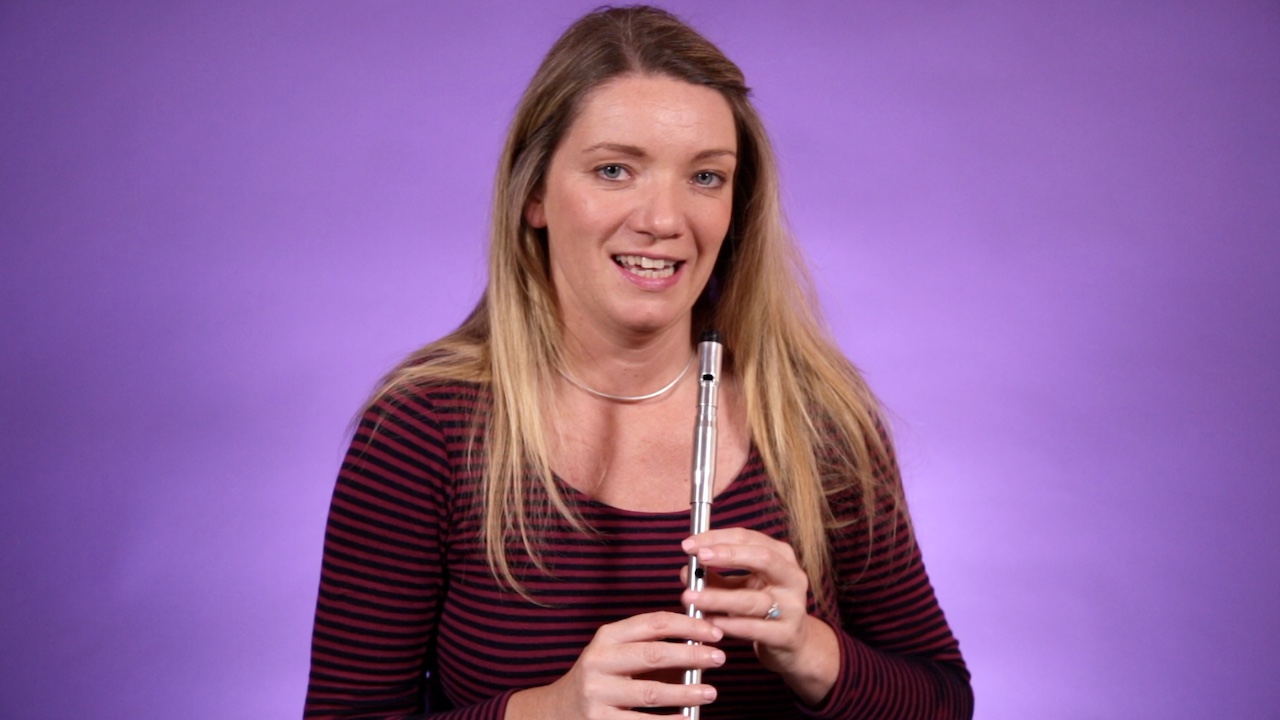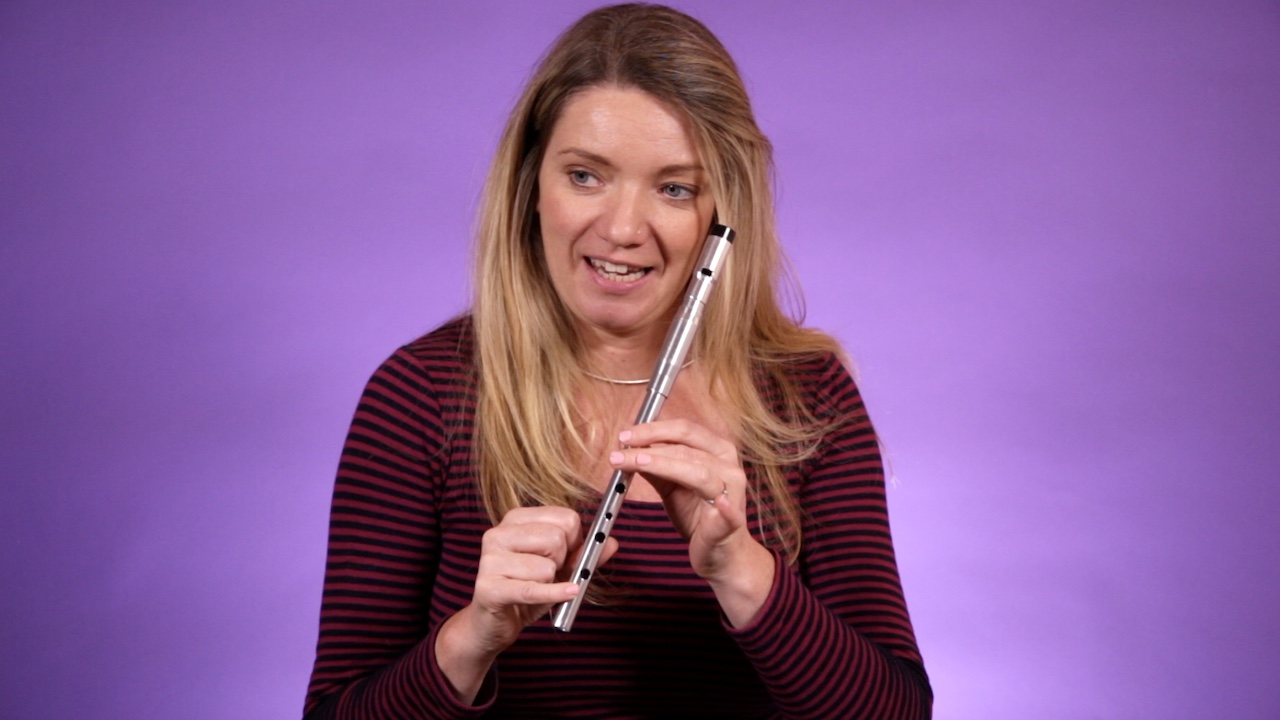If you’ve taken Tin Whistle Basics then you already have the building blocks that will be further explored in this course. In lieu of introducing new techniques, the course was designed to help you master existing skills all the while learning new tunes to add to your repertoire. So, you get to simultaneously build your skill while building your repertoire.
The techniques recapped in this course include: cuts, taps, slides, the breath, articulation and rolls. Technique studies are kept simple and basic. Most of the lessons feature a technical exercise designed to optimise the learning of specific scale patterns, ornamentations and articulation methods. When these techniques are practised regularly and at consistent tempo, they contribute to building finger dexterity, the mark of tin whistle mastery.
A bonus feature of this course is that we have backing tracks for the vast majority of the tunes covered. So rather than just playing them on your own, when you’re ready you can play along with quality guitar or piano accompaniment tracks at the speed you are comfortable with and/or with another melody instrument if you so choose.
By the end of the course you will have doubled your repertoire and gained great confidence in your playing, enabling you to head out to a live session with some great tunes under your belt.
The tunes covered in this course include:
- The Kesh Jig
- The Galway Rambler
- The Green Mountain
- The Connacht Mans Rambles
- Geese In The Bog
- John McHugh’s
- Rolling In The Ryegrass
- The Tulla Reel
- Drowsy Maggie
- Fig For A Kiss
- The Mist Covered Mountain
- The Lilting Banshee
- The Silver Spear
- The Ashplant
Recommended Tin Whistle for Beginners
To play the vast majority of Irish tunes, musicians use a whistle in the key of D though there is a wide variety of other keys available. Similarly there are upmarket whistles for sale too which include the likes of tuning slides and aluminium bodies. An entry-level €5 Generation Brass or Nickel whistle can potentially be as good as an instrument 50 times the price, but they are often under-par in the current market of mass-production. It’s a similar story with any whistles in this price range e.g. Feadóg. You’ll find the tone usually quite shrill, especially in the higher octave. Our advice would be to purchase a whistle in the €25-50 bracket. Tony Dixon manufacture many different kinds of whistles and their entry-level nickel or brass instruments are very good value. They have a very sweet tone albeit lacking in volume slightly. Their model without the tuning slide is still tunable as the fipple is moveable.
Advice Starting Out with the Tin Whistle
Enjoy the journey. Watch and listen to the tutor and try to copy the notes she is playing exactly. After a while you will be familiar with the notes and how they should sound, meaning you will have trained your ear, to hear if you are playing correctly. This is how Irish music has been traditionally handed down through generations.
It is highly recommended to be familiar with any tune you are learning before learning how to play it on the tin whistle, so download the mp3 file and listen to it frequently first before picking up the whistle to learn to play it.


